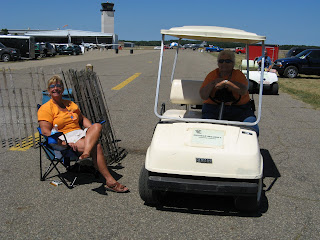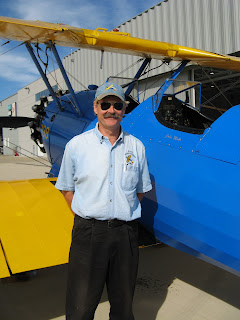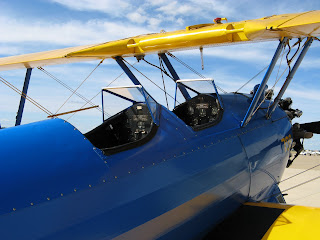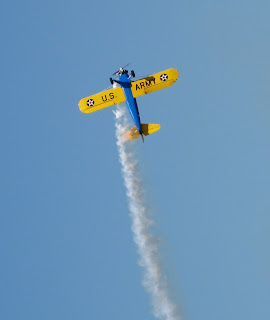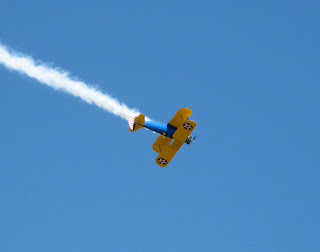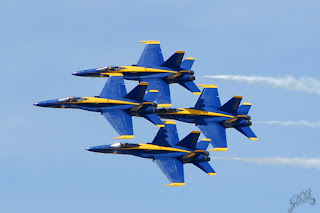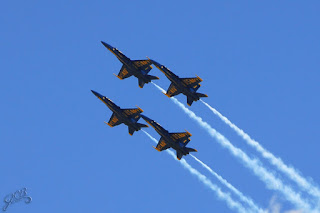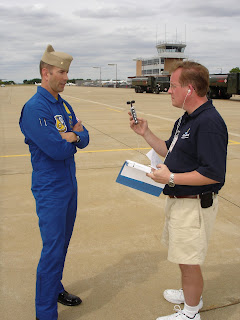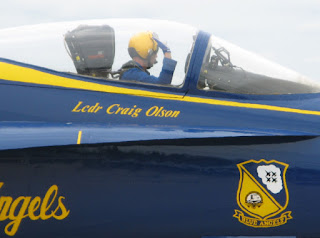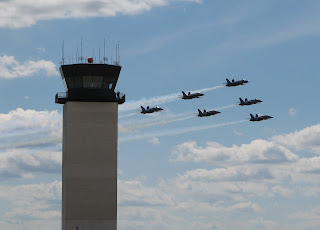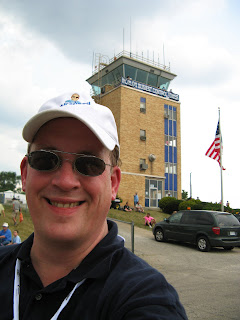 This is a regular blog entry. For show notes and links to audio, see the appropriate entries above and below.
This is a regular blog entry. For show notes and links to audio, see the appropriate entries above and below.
We’re here! Here’s the classic shot with the tower. MVFR and showers all around, so I’m not sure how busy it actually was. Nevertheless, we saw them arriving as we made our way to the campsite.
 Cole thinks that a C-5A is a darned handy thing to have around in case you need shelter in which to wait out a rain shower. And who could blame him?
Cole thinks that a C-5A is a darned handy thing to have around in case you need shelter in which to wait out a rain shower. And who could blame him?
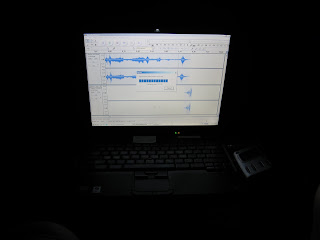 Editing late at night at the campsite. There’s great wireless here! Way to go, EAA!
Editing late at night at the campsite. There’s great wireless here! Way to go, EAA!
